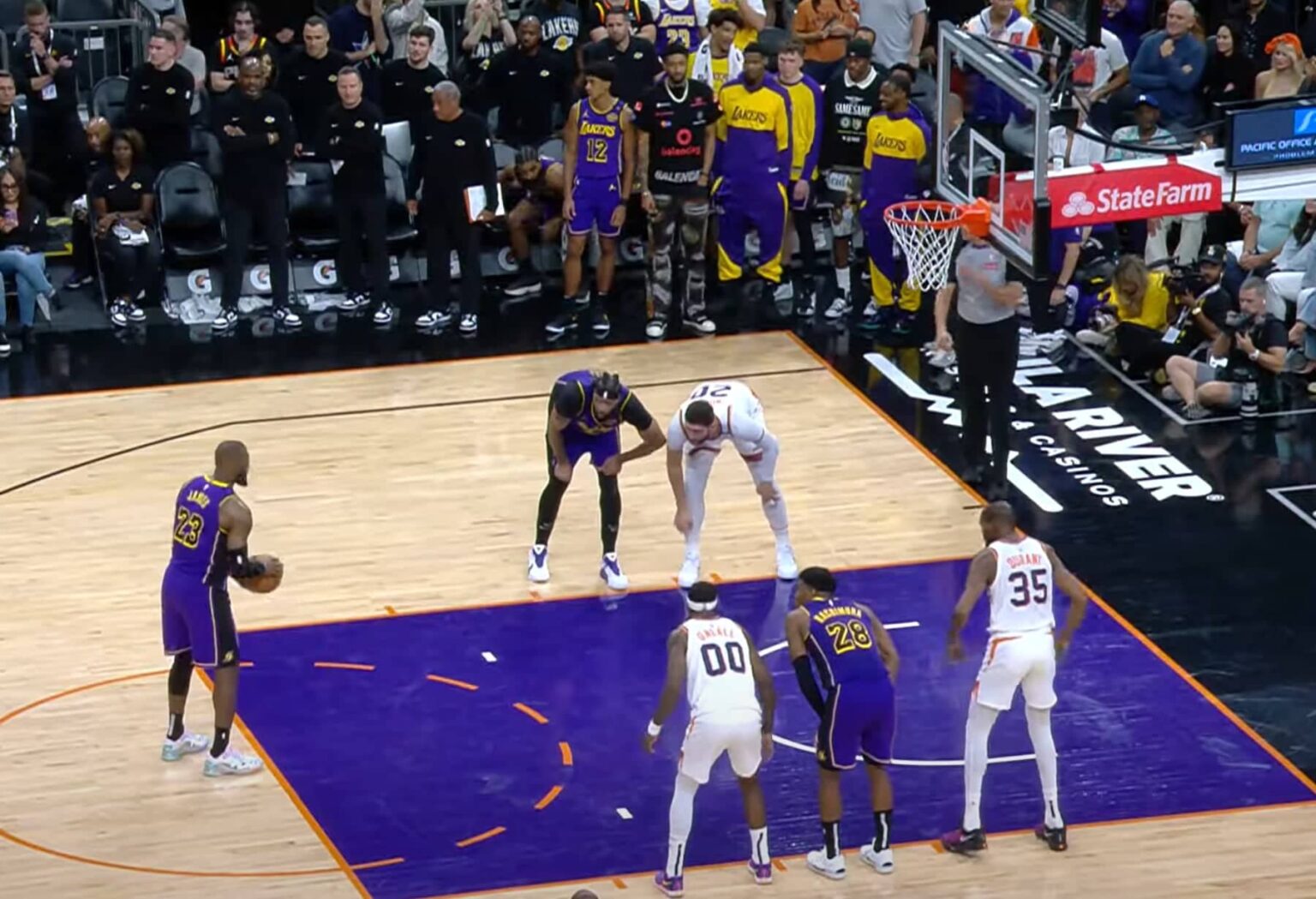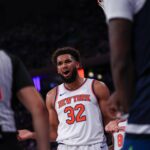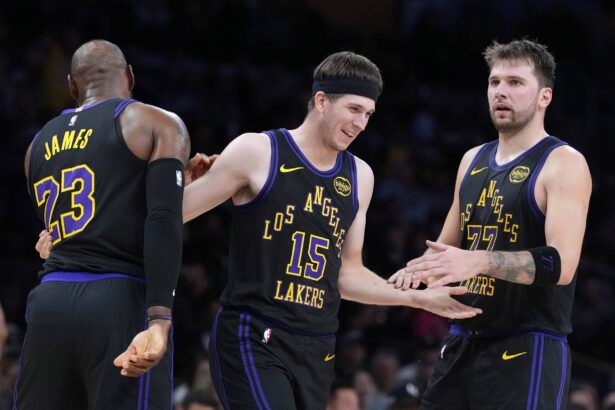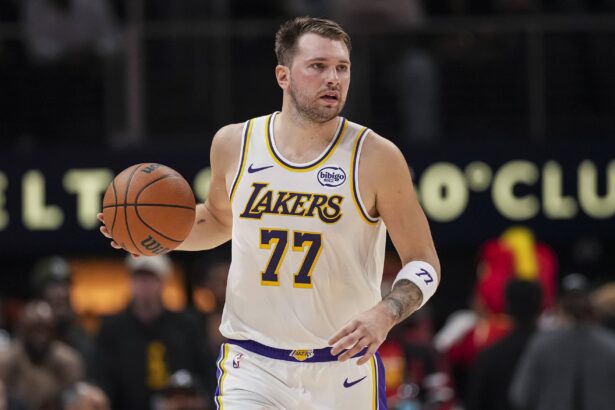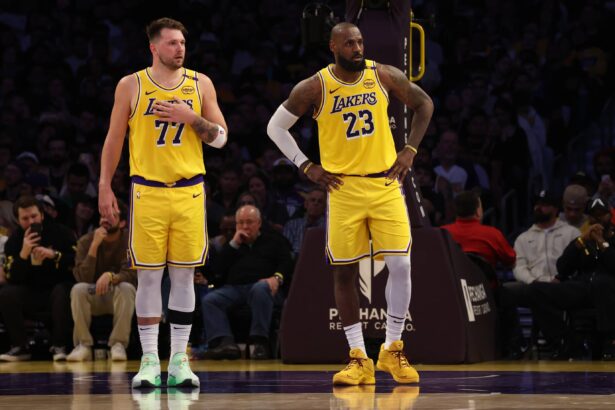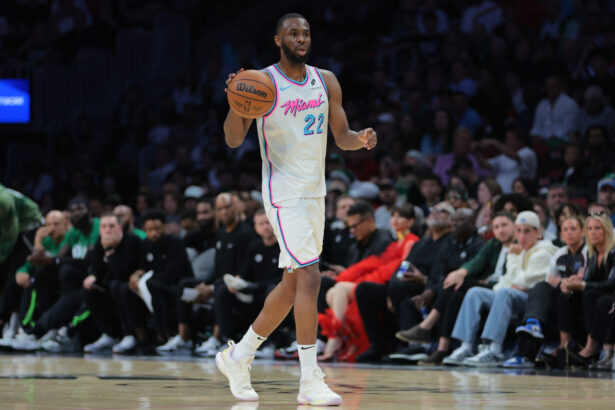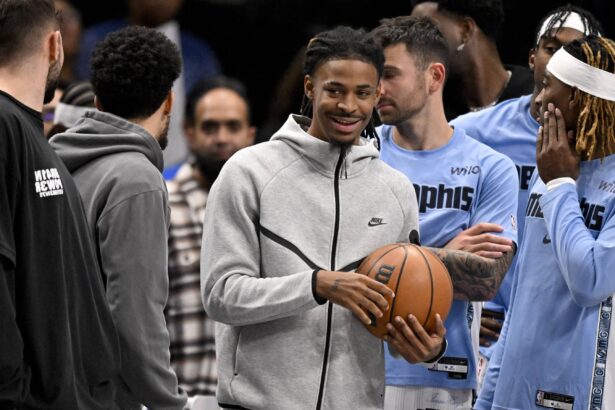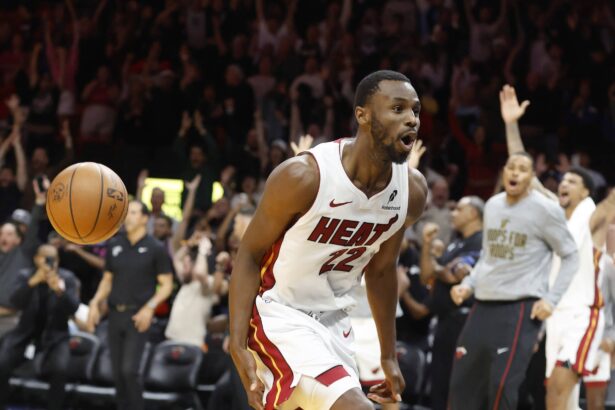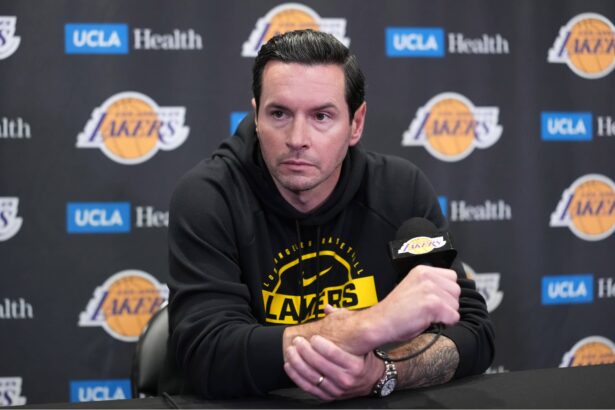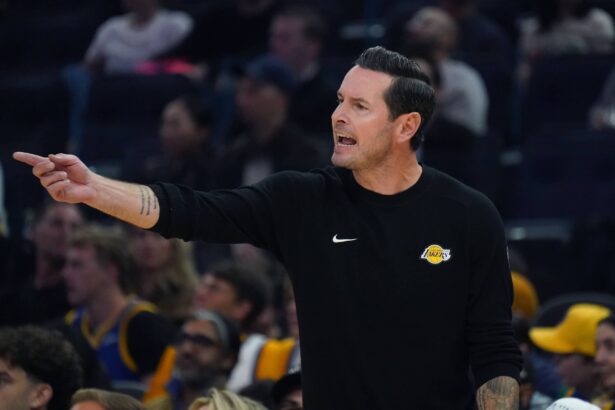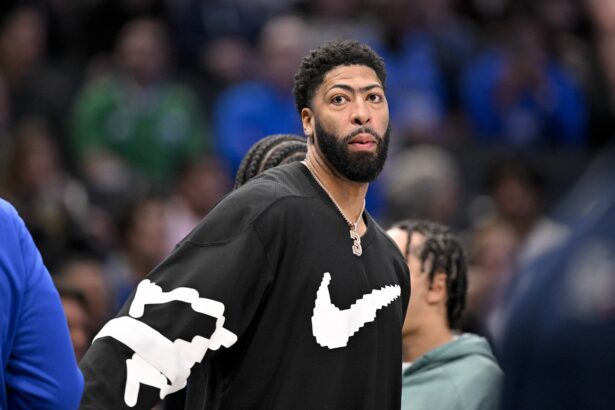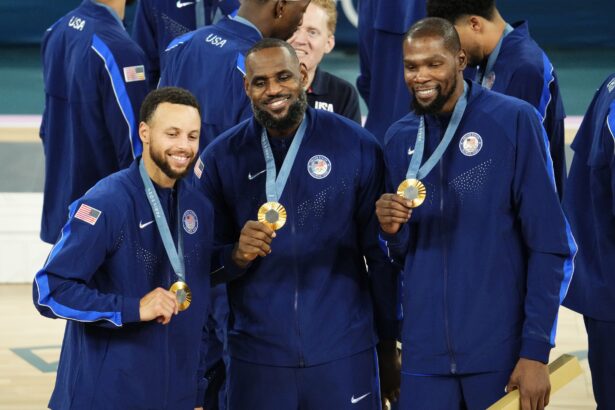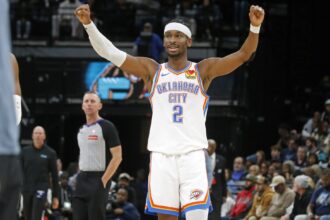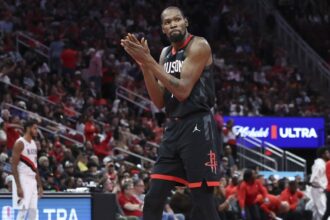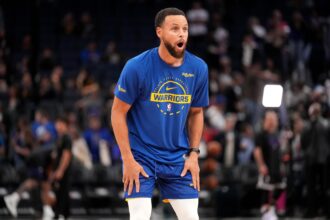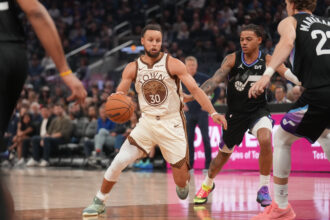In a nail-biting finish against the Phoenix Suns, LeBron James made a calculated decision to intentionally miss his second free throw with 6.4 seconds left in the game. The Los Angeles Lakers were trailing by two points, and while a successful free throw would have brought them within one point, it wasn’t the ideal scenario for securing a shot at winning or tying the game.
This strategic decision came from a collaboration between James and Lakers head coach JJ Redick, both understanding that a missed free throw might offer a better chance of regaining possession for a shot attempt.
To break down the strategy, the Lakers were out of timeouts with only 6.4 seconds remaining on the clock. LeBron’s first free throw had brought the Lakers to within three points, making it 107-105 in favor of the Suns. Hitting the second free throw would have cut the deficit to one, but it would have left the Lakers in a precarious situation.
Without a timeout, they would need to foul a Suns player immediately after the Suns in-bounded the ball. Assuming the Suns player made at least one of their two free throws, the Lakers would then be forced to attempt a desperate play from their end of the court with only a few seconds left.
In this situation, the Suns could have easily maintained their lead by fouling any Lakers player before attempting a shot, leading to a similar cycle of free throws and no realistic opportunity for the Lakers to tie or win. JJ Redick and LeBron decided instead on a riskier approach: if LeBron missed the second free throw intentionally, it would allow the Lakers a chance to grab an offensive rebound right under the basket.
With this move, they’d have an immediate opportunity to take a potential game-tying or winning shot without needing to advance the ball the length of the court or burn precious seconds.
Take a look at the video of the intense final seconds and LeBron’s strategic missed free throw here:
Thoughts on LeBron’s decision to intentionally miss the second free throw? 🤔 https://t.co/qPsDWlaOxi pic.twitter.com/nS74jQ0nvT
— Lakers All Day Everyday (@LADEig) October 29, 2024
LeBron’s explanation post-game underscored the strategic complexity of the play:
“I mean, missed on purpose to try to get the offensive rebound. We had no more timeouts and we didn’t come away with it.”
“You want to hit the rim because if it does not hit the rim, then they take the ball out right away. So you want to try to hit the rim, get a ricochet. That’s kind of unconventional, you know, where it’s like bouncing.”
“No one knows where it’s going. So I was able to get the rim, but straight down and Nurk got his hands on it first and then it kind of then Royce was able to get it and throw it down, we’ll work on it, we’ll get better in case we have that situation.”
LeBron’s intentional miss wasn’t just a random heave; it was a calculated attempt to create an unpredictable bounce, hoping that the ricochet would fall into the hands of a Lakers player, giving them an extra shot at the buzzer.
In theory, if the ball bounced unpredictably, it could create the confusion necessary for the Lakers to regain possession. The ball did indeed hit the bottom of the rim and bounced straight down, but unfortunately, Nurkic’s presence in the paint allowed him to secure the rebound for the Suns.
JJ Redick, reflecting on the play, stood by their decision. He explained the reasoning behind the choice in his post-game comments, stating:
“We communicated that, yeah. So everybody that was on the floor knew what was happening. And it was an insane miss, to be honest with you. I don’t know that I’ve ever seen an intentional miss that hit the bottom of the rim and then went straight down.”
“You know, look, we had no timeouts. It was a choice that we made. I think that’s the right choice, and I’d make that choice again. With that amount of time, they fouled up three.”
“So even if we fouled earlier on that play, they’ve got great free throw shooters. They’re going to foul us again. So we had to get that possession for us to have a chance to tie or win the game.”
Redick’s strategic alignment with LeBron highlights the advanced thought process that went into the decision, factoring in time constraints, the Suns’ excellent free-throw shooters, and the potential consequences of following a traditional approach.
Both LeBron and Redick understood that with no timeouts and no easy way to advance the ball, their best chance lay in attempting to surprise the Suns by missing and scrambling for an offensive rebound. While the strategy didn’t pay off this time, it demonstrated a willingness to think outside the box and leverage every possible option within the rules of the game.
The situation also underscores how calculated intentional misses have become an increasingly common tactic in the NBA, particularly in close games where teams have exhausted their timeouts.
By missing intentionally, players like LeBron have the potential to turn the tables and surprise the opponent, ideally gaining a brief, high-stakes advantage. This approach is inherently high-risk and high-reward, as it can create immediate scoring opportunities, but only if the rebound goes as planned—a variable that the defense typically works to prevent.
Ultimately, the Lakers couldn’t pull off the win, as Devin Booker’s 33 points and Kevin Durant’s 30-point performance led the Suns to a 109-105 victory. Yet, LeBron’s intentional miss highlighted the level of trust and tactical depth that Redick is willing to bring to this Lakers squad. Even in the face of defeat, the Lakers can take away the lesson of exploring all possible outcomes and understanding the value of calculated risks — a mindset that can pay dividends as the season progresses.
Thank you for being a valued reader of Fadeaway World. If you liked this article, please consider following us on Google News. We really appreciate your support.

